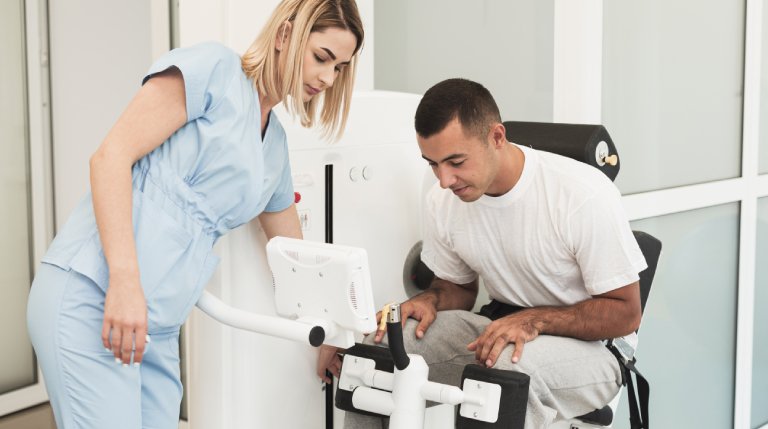
Which Type of Fracture Requires Surgery?
Introduction
Determining whether or not a fracture requires surgery is often difficult. The decision to perform surgery may depend upon the type of injury sustained, the location of the break, and the amount of damage to surrounding structures. In certain situations, the injury may heal without surgical intervention. However, a doctor may recommend treatment if the injury is severe enough.
Types of Fractures:
Some bone fractures are mild, resulting in only a hairline crack in the bone, whilst others result in the bone breaking into two or more pieces. The kind of fracture will determine your treatment options.
A hairline or stress fracture is a little fracture with a small chink or simple line in the bone that might be difficult to notice on an X-ray. A complete fracture occurs when the break travels through the bone, splitting it in two. An open fracture occurs when the bone breaks through the skin, whereas a comminuted fracture occurs when the bone shatters.
Your fracture will be classified as either open or closed by your doctor. An open fracture occurs when your bone breaks through your skin. Open fractures are sometimes known as complex fractures. Open fractures typically take longer to heal and are more prone to infections and other problems. Closed fractures are still dangerous, but the bone does not protrude through the skin.
When your bone cracked, the fragments of your bone migrated so far apart that a gap formed around the fracture. Non-displaced fractures are still shattered bones, but the fragments were not shifted far enough to be out of alignment during the break. Displaced fractures are far more likely to have the surgical correction.
Symptoms:
- A malformation or lump that isn’t normally found on your body.
- Discolouration or bruising
- Inability to move a section of your body as easily as you normally do.
- Pain.
- Swelling.
- Soreness.
Treatment:
- Closed Reduction
Closed reductions require more serious breaks to set (realign) your bones. During this non-surgical technique, your physician will physically push and pull on the exterior of your body to align the damaged bones within you. To keep you comfortable throughout the process, you will be given one of the following medications:
A general anaesthetic is used to put you to sleep during the surgery.
A local anaesthetic will be used to numb the region around your fracture.
Sedatives are used to calm the entire body.
- Immobilisation
If your fracture is minor and your bones did not shift far out of position (non-displaced), you may simply require a splint or cast. Splinting is typically worn for three to five weeks. If you require a cast, it will most likely be for a lengthier period, usually six to eight weeks. In both circumstances, you will most likely need follow-up X-rays to ensure that your bones are mending properly.
- Surgery
Some bone fractures necessitate surgical intervention. There are a few procedures your surgeon may utilise depending on your fracture type and how badly your bones are broken.
Conclusion
Discuss with your surgeon what to expect throughout your recovery. Contact your doctor immediately if you are experiencing severe pain that is not improving.
If you notice any of the symptoms mentioned above, consult Dr Yugal for expert consultation and treatment.




